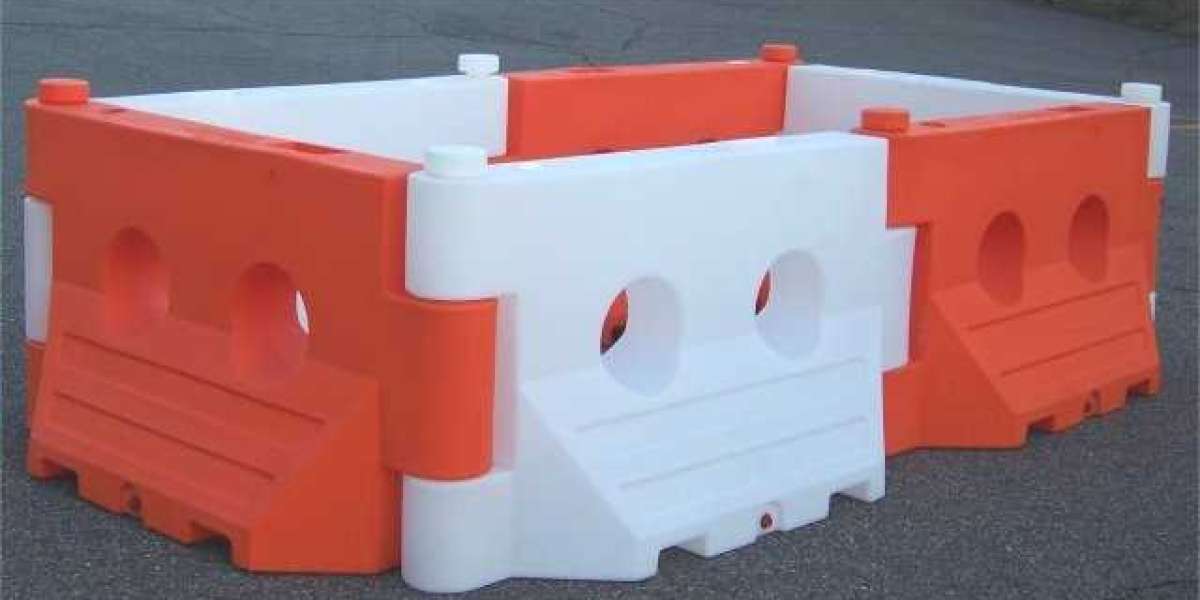In today's world, keeping roads safe is really important. Guardrails are strong barriers along roads that help prevent accidents and keep people safe. They are placed strategically to guide cars and protect everyone using the road.
This blog talks about guardrails made by Valtir, a company that focuses on making different types of guardrails to keep roads safer. They have five main products, including strong NU-GUARD™-31 system and the high-tech W-BEAM THRIE-BEAM SYSTEMS. These guardrails show how Valtir is dedicated to making roads safer with their top-notch designs.
Understanding Guardrails
Guardrails are extremely important parts of road infrastructure. They make accidents less serious by stopping cars from going off the road or hitting objects. They act like a wall between the road and dangerous stuff, like steep slopes or other vehicles.
There are different kinds of guardrails. Some are old-fashioned metal ones, while others are more high-tech. The reason they work well is because they can take the force when a vehicle hits them, slow down the vehicle, and make the road safer for everyone.
1) NU-GUARD™-31
The NU-GUARD™-31 is a strong guardrail system made for places needing a 31-inch tall rail. It has been built to withstand crashes into objects on the road and has been tested to prove it works. What makes it special is that it meets certain safety standards without needing extra parts, and it is approved for roads where vehicles go up to 65 miles per hour.
The RIB-BAK 5 lb./ft. The u-Channel post that comes with it is lightweight and can be installed quickly, either with a protective coating or as galvanized. This system is useful for both edges of the road and the middle part of the road. Plus, it has a special slot that keeps the rail at the right height even after an impact, making it even safer.
2) T-31™ GUARDRAIL
The T-31™ Guardrail is a tough W-shaped barrier that has been tested a lot to make sure it is really strong and safe. It meets high safety standards set by experts and attaches the W-shaped beam directly to special Steel Yielding Line Posts (SYLP™) without needing extra parts.
What makes it special is that it has strong posts with holes at the bottom, so there is no need for extra blocks or bolts. This design makes it strong and easy to put up without needing extra stuff between the posts.
3) TGS™
The TGS™ guardrail system uses a 31-inch high W-shaped beam and does not need block out systems. It uses Standard Strong Line Posts spaced about 6 feet 3 inches apart, and the joining parts are either on the posts or between them.
It meets strict safety standards and connects the W-shaped beam directly to the post without needing extra blocks. This makes it easier to set up and reduces the need for changing the ground level.
4) T-39™ GUARDRAIL
The T-39™ Guardrail is a Thrie-beam system made for a 39-inch tall guardrail. It meets strict safety standards and, like the T-31™ system, connects the Thrie-beam directly to special Steel Yielding Line Posts (SYLP™) without using extra blocks.
It has strong posts with holes at the bottom, special bolts, Post Flange Protectors, and joins between posts in the middle. It can be used on one side of the road or in the middle, giving high protection and flexibility.
5) W-BEAM THRIE-BEAM SYSTEMS
Rail sections are made to fit different curve sizes on roads, from really tight curves to wider ones. Before they are delivered, they can be shaped in fabrication places to match the curves needed for W-shaped or Thrie-shaped barriers. These rails can be bent outward (convex) or inward (concave) to suit the road's shape. This flexibility helps to fit the rails properly to different roads, making them adaptable to specific curve requirements.
What to Consider While Choosing Guardrails
When you are choosing guardrails, there are important factors to think about. First, they should be really strong to protect the road. Also, it is good if they do not rust easily because then they last longer.
They should be easy to put up so that it does not take a lot of time. And lastly, it is great if they are good for nature because that helps the environment. So, when selecting guardrails, it is important to check how tough they are, if they resist rust, how simple they are to install, and if they are friendly to the environment.
Frequently Asked Questions (FAQs)
1. Why are guardrails important for road safety?
Guardrails are important for road safety because they act as barriers, reducing the severity of accidents by stopping vehicles from leaving the road or hitting dangerous objects.
2. What factors should be considered when choosing guardrail solutions?
When picking guard railing products, think about how strong they are, if they resist rust, how easy they are to install, and if they are good for the environment.
3. How do guardrails contribute to minimizing the impact of accidents?
Guardrails absorb crash energy and guide vehicles, making accidents less serious and keeping drivers and pedestrians safer.
4. What are some innovations in modern guardrail designs?
New guardrails use smart tech, eco-friendly materials, and high-tech systems to make roads safer.
5. How do guardrail companies adapt to different environments, from urban intersections to remote highways?
Guardrail companies show how their products work in different places like cities and far-off roads to prove they are good for all kinds of places.
Conclusion
Valtir offers five different rail guard products such as NU-GUARD™-31, T-31™ Guardrail, TGS™, T-39™ Guardrail, and W-BEAM THRIE-BEAM SYSTEMS. Each of these systems focuses on safety and meets strict industry standards like NCHRP Report 350 and MASH criteria.
They are designed to be strong, easy to install, and adaptable for different road setups. Valtir is committed to making reliable guardrails that keep roads safe and prioritize quality and safety in infrastructure.














